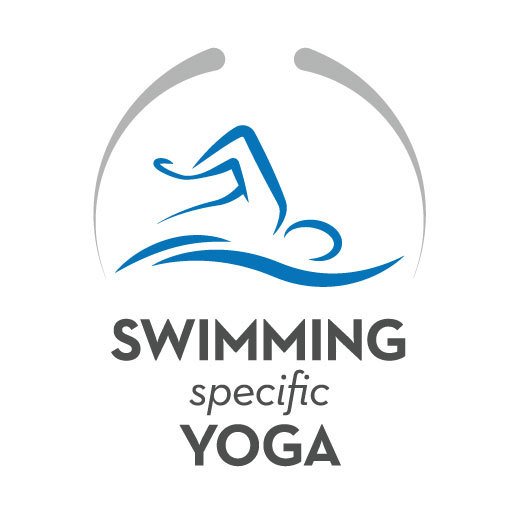With championship meets in the rear view mirror many programs will put an increased focus on perfecting technical fundamentals heading into a new training cycle.
Just as they do in the pool, the groups of swimmers I work with will be revisiting the fundamentals of movement in their yoga practice.
Building healthier and more efficient movement habits not only creates a more efficient yoga practice, but those habits can be transferred into the water and everyday life.
Three of the fundamentals that we are working on this week include:
- Engagement of the Pelvic Floor
- Mountain Pose
- Sunbird
Engagement of the Pelvic Floor
The pelvic floor muscles are the muscles of the deep core. They truly provide the foundation for core strength. By developing these muscles it will ensure a great base of support for posture on the land and in the water.
If the pelvic floor is strong athletes can learn to relax the larger muscles of the body and create more efficient movement with greater ease.
Pelvic floor engagement is subtle, which can be the opposite of what we traditionally think of when focusing on the core.
The muscles of the pelvic floor pull up and in. Think of the top of hips as being at 12 o’clock and the bottom of the hips at 6 o’clock while the sides of the hips are at 3 o’clock and 9 o’clock.
To create the proper engagement of the pelvic floor pull the deep core muscles up and in towards 12 o’clock.
A great pose that can teach this engagement is a simple back bridge. In the preparation phase of a back bridge relax the body on an inhale and on an exhale engage the deep core pulling in the and up towards 12 o’clock.
Keeping that engagement on the next inhale slowly raise the hips an inch or two off of the ground, no higher.
To start with I like to do this movement in sets of three or four so that the subtly of this engagement is maintained.
Mountain Pose
This pose can be considered the foundation of almost all yoga poses, in fact of all movement as a whole.
Mountain pose is the creation of perfect posture.
Mountain pose takes a great deal of awareness to develop and maintain even though it seems simple.
A few of my favourite cues include:
- Create a strong base of support in the feet feeling the big toe mound little toe mound and inner and outer sides of the heel magnetically pulled towards the ground. While the outside of the foot feels heavy allow the inner part of the foot to feel light.
- With the engagement of the deep core beginning at the feet activate the pelvic floor (see above for the description).
- Create a neutral position with the hips and pelvis. Feel the hip flexors relaxed and the spine almost floating from the sacrum.
- Softly pull your ribs towards your spine and your spine towards your ribs gathering strength in the core.
- Bring your shoulder blades down and in towards the spine relaxing the upper traps.
- Interlace the fingers and place the hands behind the head pushing hands into the head and the head into the hands. The neck will lengthen and the chin will tuck.
At the end of this positioning the hands come to the sides of the hips with the palms facing forwards.
Table Top
This is an easier pose that can teach the foundation for any poses or movements where the arms are weight bearing.
A few of my favourite cues include:
- Place the hands shoulder width apart with the index finger pointed forward.
- Spread the fingers wide and feel a stable base of support through the fingertips and base of the palm.
- Externally rotate the shoulders so that the elbow pits face forward securing and stabilizing the shoulder joint.
- Engage the pelvic floor and deep core.
- Softly pull your ribs and belly buttons towards your spine and your spine towards your ribs and belly button, gathering strength in the core.
…
This Yoga for Swimmers article is brought to you by Swimming Specific Yoga the world’s top resource for online yoga classes and courses designed for swimmers.
Sign up here to receive the Swimming Specific Yoga newsletter which includes information on how yoga can enhance both your swimming performance and your wellness.








In several pictures in this article, the demonstrator has his elbows locked, or even hyperextended, which is not healthy for the elbow joints.
Hi Brad,
You are correct the elbows should not be locked. I realize in the table top photo the elbows may look locked out but they are not as I do have a range of motion that does allow for some hyperextension in the elbows.
Interesting. So, if the surrounding muscles are engaged, the poses/movements give you the same benefit as a non-hyper extended joint? I’ve been chided for hyperextending my elbows, even when the muscles are engaged and the joints not locked, by many a trainer, yoga instructor, and coach.